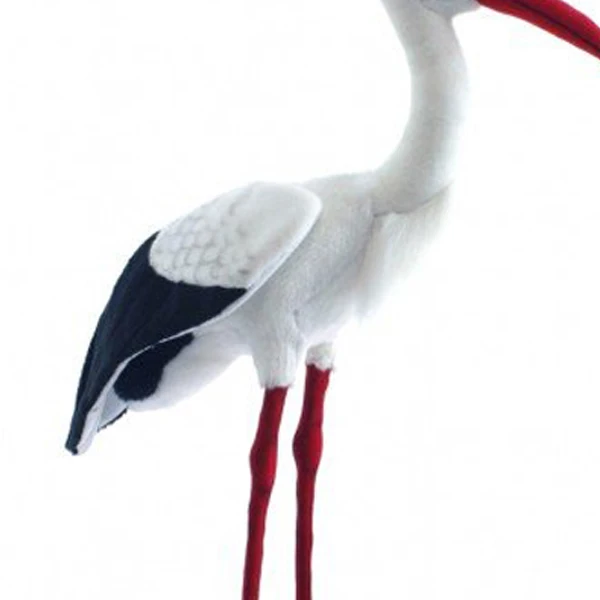
Shoebills are otherworldly-looking creatures. Because shoebills live so far apart from one another, they are very difficult for conservationists to find, and as such, their territories are largely left out of protected bird reserves. A combination of climate change and habitat burning in the last 25 years has destroyed 40% of the wetlands in Uganda, one of the countries with the largest number of shoebills. Without these seasonal rains, shoebill nests typically collapse on themselves and they become much less protected from land predators. Shoebills also require the flooding provided by seasonal rains to build their floating nests. In years when the rainy season is late, the shallow edges of lakes and other habitats suitable for shoebills dry up, restricting the animal’s habitat. Shoebills rely on seasonal floodplains to find suitable hunting grounds, and climate change has majorly destabilized the weather patterns in Central Africa, leading to desertification. Climate change, too, has eaten away at shoebill habitats. Shoebills have been found dead in the wreckage after these fires. Farmers in many areas where shoebills live will intentionally burn down marshland in order to turn it into pasture for livestock grazing. Habitat destruction due to burning poses the largest threat to shoebills. This sound, combined with body language and other queues, allow shoebills to communicate with other members of their species. By clapping their jaws together, shoebills can make a clattering call that sounds so much like the noise the Predator makes that I’m honestly wondering if the shoebill was its inspiration. In the dry season, this has to be done 4 to 5 times a day or else the blazing sun will reduce their chicks to exotic chicken nuggets. An interesting side effect of living in Equatorial Africa is that eggs and chicks are in more danger of overheating than they are of freezing, so shoebills use their massive beaks to scoop and pour water over their young to cool them off. These unique bills have a variety of purposes they are used for scooping up water, communicating, and hunting. The bill's edge is razor-sharp, and tipped with a hook on the top mandible for good measure. This bill is no flimsy needle like a heron or stork bill, though-shoebill beaks are thick and clog-shaped, less of a needle and more of a sledgehammer.

The bill is the third longest of any bird, with some growing up to18 centimeters (7 inches). Your first thought was almost certainly “what the hell is that beak?!” No one could fault you for that either- that beak truly earns shoebills their name.

When you first looked at this bird, though, you probably didn’t think about its legs or its neck or its powdery feathers. Like those birds, shoebills fly with their necks retracted and their chests are covered in a special feather type known as powder down, which creates a keratin dust that waterproofs their feathers. Despite being called shoe-billed storks, shoebills actually are most closely related to herons and pelicans.

Atop their heads, they have tremendous, forward-facing blue or yellow eyes which give them excellent binocular vision and also make them look like they could play bass for the animatronic band at the world’s worst Chuck E. They have long legs and splayed toes to help them keep their bodies above the water and maintain balance in the often unstable muddy terrain of their habitats. Despite being as tall as a middle schooler with a larger wingspan than Shaquille O’Neal's, shoebills are quite lightweight, only weighing about 7 kilograms (15 pounds) at their heaviest due to their hollow bones and other weight-saving physiology. These massive water birds can grow up to 1.5 meters tall (4.5 feet) with a nearly 2.5 meter (8 foot) wingspan. Very few animals can truly live up to having the species name “rex”, but shoebills certainly do.


 0 kommentar(er)
0 kommentar(er)
